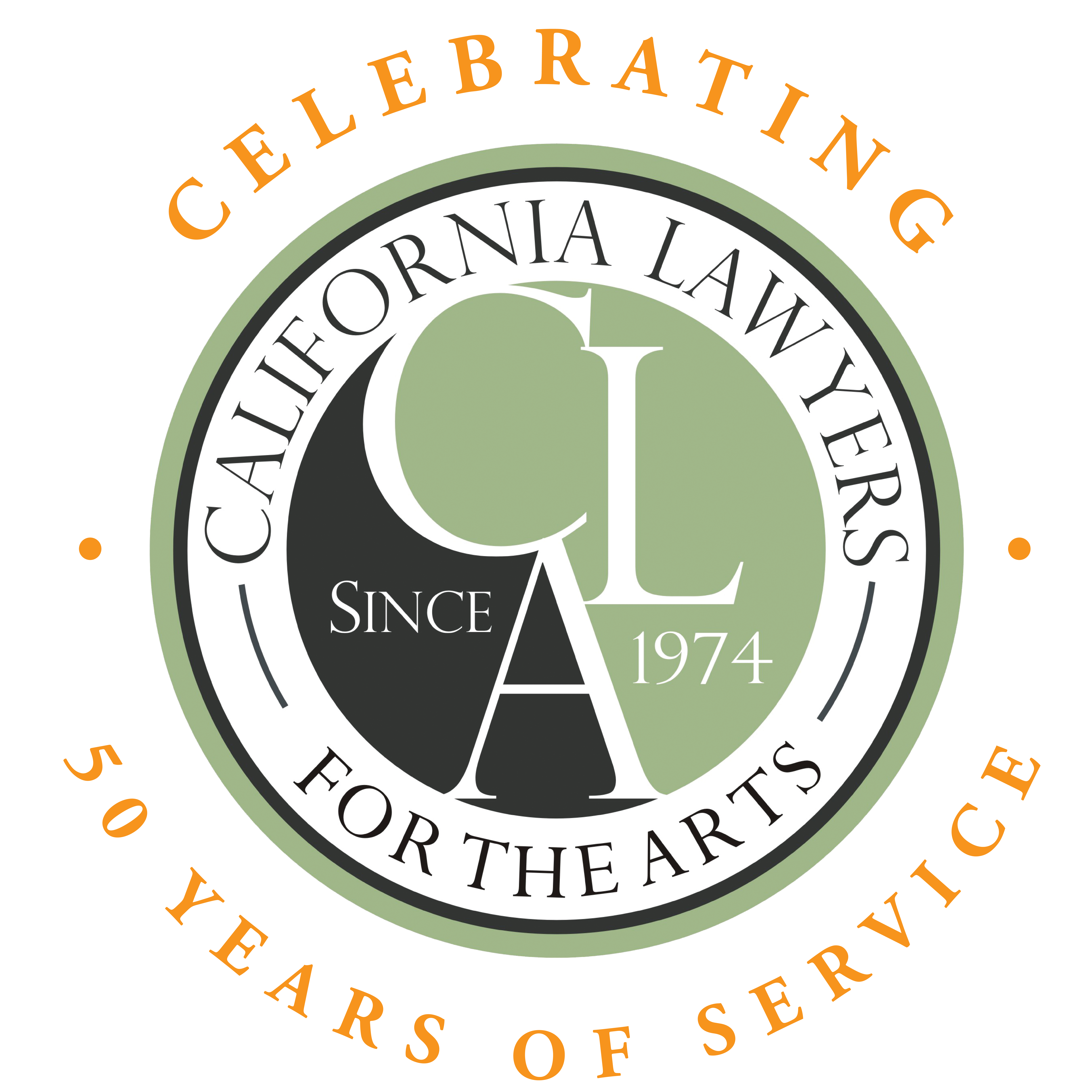California
Sen. Curren Price, Chair of the Joint Committee on the Arts, presented an informational hearing on arts-in-corrections on May 3 at the Grammy Museum in Los Angeles. A video of the full hearing is embedded in an article published on-line in the
Los Angeles Times.
Stating that he wanted to examine ways to reduce the "prison pipeline," Sen. Price challenged the audience of more than 100 persons: "We need to use all our tools to help identify the problem and come up with solutions...Keeping in mind the victims of heinous crimes, we also want to rehabilitate those who have gone down the wrong path. Upon release, we want this to be a one-way ticket."
A roster of passionate speakers at the hearing included actor
Tim Robbins, artistic director of The Actor's Gang, and musician and songwriter
Wayne Kramer, who will receive CLA's Artistic License Award in Santa Monica on June 30. As a co-founder of
Jail Guitar Doors and an ex-offender, Kramer has provided musical instruments and facilitated music lessons for incarcerated persons throughout the country.
Based on his work for the past six years with
The Actors Gang Prison Project, Robbins stated that the arts are an essential component of rehabilitation and create the "fundamental change" needed for ex-offenders to adjust to the pressures of life when they are released.
With a recidivism rate of 70%--possibly the highest in the nation--and a federal court mandate to reduce the severe overcrowding in our state prisons, California needs to implement every rehabilitation strategy that works in order to make sure that those who are released have a solid chance to live productive lives outside.
In 2009, a federal judicial panel ordered California to reduce the state's inmate population by 33,000 persons; this order was affirmed by the US Supreme Court in 2011. Through "realignment," the state has shifted many offenders to county jails, while reducing the flow of new inmates convicted of non-violent crimes to state prisons. While steady progress has been made, the state still needs to reduce the prison population by about 10,000 persons. Decreasing recidivism would help.
The Correction Department's own longitudinal
study of parolees between 1980 and 1987 showed that released inmates who had been engaged in arts-in-corrections programs had significantly better parole outcomes and lower rates of recidivism. One year after release, arts-in-corrections participants had a “favorable” status rate of 74.2% compared to 49.2% for state parolees as a whole. Two years after release, 69.2% of the AIC parolees retained their favorable status in comparison to a level of 42% for all released inmates. Why wouldn’t we want to increase this “medicine?”
The California Arts Council, the National Endowment for the Arts and several private foundations are now supporting a demonstration project organized by California Lawyers for the Arts in collaboration with the
William James Association. Updating his 1983 research that showed that arts-in-corrections programs reduce disciplinary incidents in correctional facilities,
Dr. Larry Brewster of the University of San Francisco is conducting a "pre and post" evaluation of arts participants to measure changes in behavior and attitudes.
Assemblyman
Ian Calderon, Vice-chair of the Joint Committee on the Arts, underscored the power of art to address recidivism in the state corrections system. The Arts, Entertainment, Sports,Tourism and Internet Media Assembly Committee which he chairs has approved a $75 million allocation for the California Arts Council, which could include substantial funding for arts-in-corrections and a number of other needed community arts programs.
Carol Hinds, the mother of an inmate and Secretary of the Inmate Family Council at California State Prison-Sacramento, described how her son had been greeted by gangs seeking his affiliation when he entered age 18. After three years of violence, he was moved to a different yard, where he was recruited into arts-in-corrections programs. He discovered musical talent that he did not know he had and has performed classical guitar pieces in a recital for visitors. Fighting tears, she said, "I have my son back. I don't have him for Thanksgiving and birthdays, but I have him back."
Alma Robinson, Executive Director
California Lawyers for the Arts

